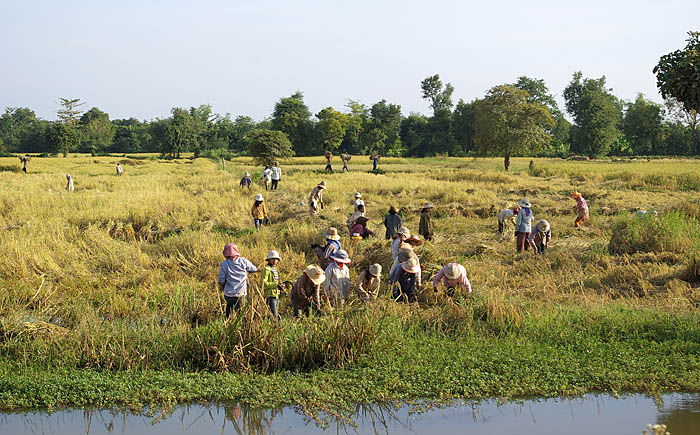The government that was after the Khmer Rouge initially supported semi-socialist policies. In 1989, after a period of collectivization followed by redistribution of land, private property was then reopened. In 1991, the government stopped describing itself as communist and began enacting market-oriented reforms.
In the late 1980s and early 1990s, the economy was boosted by the United Nations and foreign aid. There were lots of doubts that the economy would collapse after the United Nations left in 1992.However, that didn't happen. Instead the economy grew by 5 percent, inflation was reduced and the currency stabilized. The government didn't spend beyond its means and some foreign inventors showed up.
Cambodia was hurt less by the Asian financial crisis in 2008 and 2009 than other Asian counties because it was so poor in the beginning. During 1999 to 2002, growth averaged about 7%. Much of the growth was attributed to relative stability which had attracted foreign investors.

Cambodia is growing economically annually.




